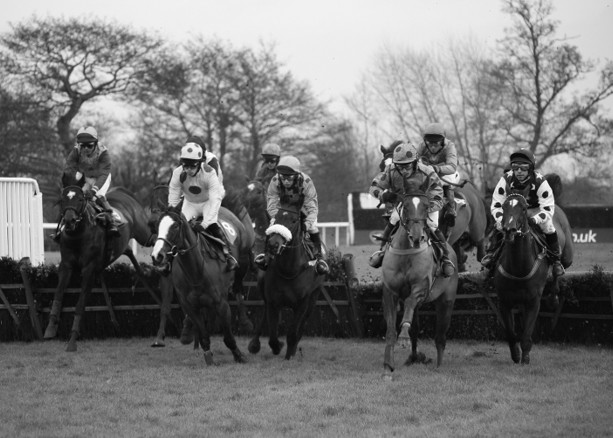What makes the Grand National so special?
Attention is fast turning to two major meetings in the National Hunt racing calendar: Cheltenham Festival in March and the Grand National at Aintree in April. The latter is the most valuable race in Europe, amassing a prize fund of £1 million. First run in 1839, the race is not only steeped in history, but it’s where legends are made. It’s not just bettors up and down the country that are scrabbling for form guides and checking out the latest Grand National betting odds, it’s believed some 600 million viewers will be tuning in around the world to watch the field run the legendary course. But what is it about the Grand National that makes it such a memorable spectacle and why is it so popular?
The course
The Grand National is run over a distance of four miles and two-and-a-half furlongs, with horses jumping 30 fences over two laps. The course itself has been described as ‘the ultimate test of horse and rider’, as the fences are much larger than those found at other National Hunt tracks. Many of the fences have become famous in their own right, taking their names from horses and jockeys who have succumb to the perils of the Aintree course throughout the race’s history. Among the most well-known fences are Becher’s Brook, Canal Turn and The Chair.
The unpredictability
Such is the nature of the course, it’s impossible to pick out a winner and it’s very rare that the bookies’ favourite goes on to win the race. In the last 10 years, the favourite has won twice: Tiger Roll in 2019 (starting price: 4/1) and joint-favourite Don’t Push It in 2010 (starting price: 10/1). In the history of the race, there have been five winners who won when they had the longest odds (100/1) of the field, with the most recent being Mon Mome in 2009. In fact, of the 73 races since the post-war era, the favourite or joint-favourite have only won 10 times, with 38 horses failing to complete the course.
The legends
Since the inaugural race of 1839, legends have been made at Aintree – and such, many of their stories have been etched into horse racing folklore. From the story of jockey Captain Martin Becher who fell into the brook at the sixth fence, which later became known as Becher’s Brook, to the unlikely duo of John Buckingham and Foinavon winning the 1967 race.
There are also the triumphs of Red Rum, the only horse to win a hat-trick of Grand National titles – although Tiger Roll will give him a run for his money in this year’s race – and L’Escargot, the 1975 winner, ridden by Tommy Carberry, who stopped Red Rum from winning three consecutive races. There’s something magical about the Grand National, made even more special by such a demanding course.
The history
Aintree is renowned for hosting some of the greatest ever races, which is why people from all over the country flock to the course to watch the Grand National, and become a part of racing folklore. Some 600 million viewers will tune in worldwide to catch a glimpse of the latest winner, whose name could well go down in history as one of the greats.
In the 1970s, Red Rum’s trio of wins was iconic – and his first in 1973 was one of the best comebacks ever seen. Even at the last fence, ‘Rummy’ was 15 lengths behind leading horse Crisp; however, he clinched victory by three-quarters of a length. Any mistakes on the course will be punished, whether it’s a near miss of a fence or tiredness on the home straight. This is one of the reasons why the Grand National is so thrilling.

